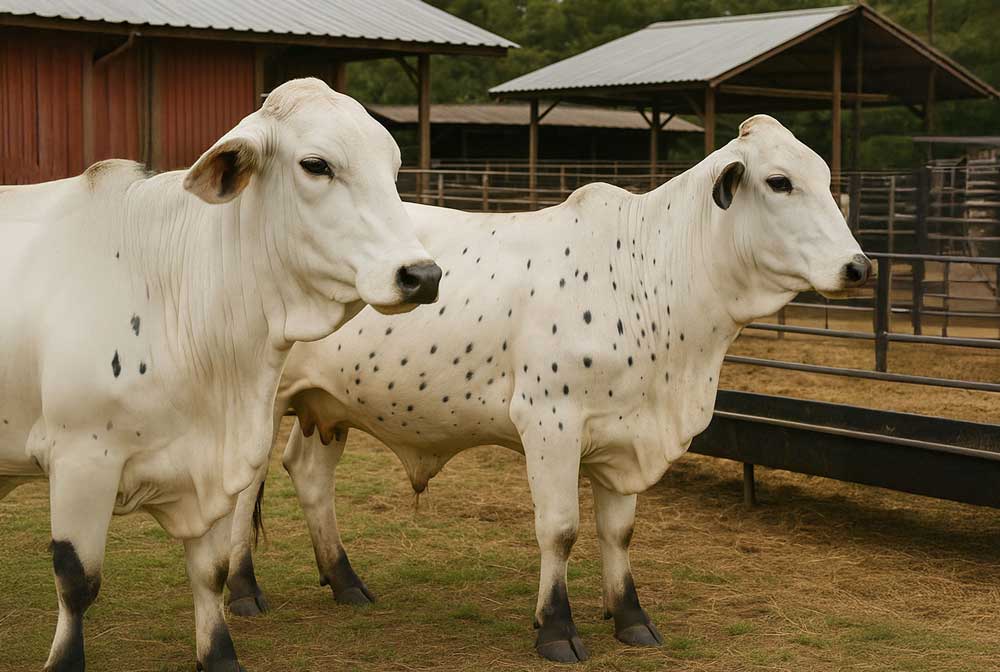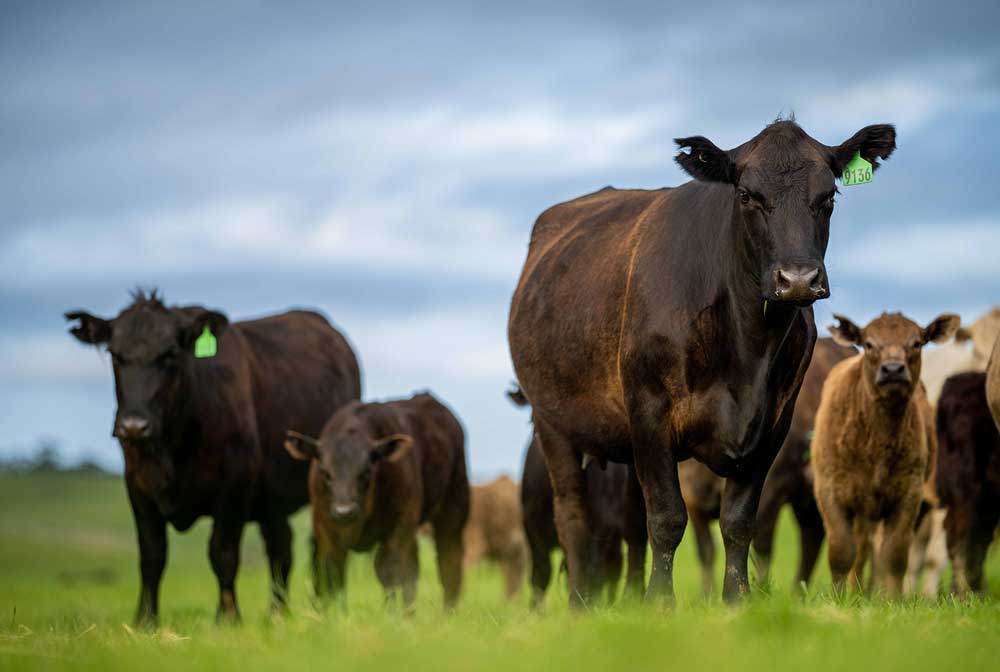Articles
Fighting Against Anthrax: How LF RFID Technology Strengthens Livestock Disease Control

Anthrax: A Persistent Zoonotic Threat
Zoonotic diseases—those passed from animals to humans—remain a global health concern, especially in regions with close human-animal interaction. Among them, anthrax, caused by Bacillus anthracis, is particularly dangerous due to its long-lasting spores and high fatality rate if untreated. Infections can occur through contact with infected animals, consumption of contaminated meat, or exposure to spores in soil or animal products [1].

Fig 1: Anthrax-infected cattle on the farm
More recently, anthrax has reemerged in India, Laos, Bangladesh, Kenya, and parts of Europe, including Turkey, Romania, and Italy—mainly in farming regions or through contact with contaminated animal products.
In May 2023, Zambia faced a major outbreak after villagers in Sinazongwe District consumed meat from dead hippos. By November, there were 684 suspected human cases, four deaths, and over 560 suspected animal infections [2].
In May 2025, Thailand reported another fatality—its first in decades. A man in Mukdahan Province developed cutaneous anthrax after assisting in a cow slaughter. Authorities identified 247 people at risk and launched immediate containment [3].
To address such outbreaks, this article explores how RFID technology is applied in livestock farming, its role in anthrax prevention, and how the SIC279 supports traceability, early detection, and overall livestock disease control.

Fig 2: Cattle equipped with RFID ear tags in the farm field.
RFID in Livestock Farming
Radio Frequency Identification (RFID) technology has become a vital component of modern livestock management. A leading example of large-scale RFID adoption is Australia’s National Livestock Identification System (NLIS). Introduced for cattle in 2005 and extended to sheep and goats in 2025, NLIS integrates permanent RFID tagging, movement documentation, and a centralized national database to track animals from birth to slaughter. Designed to protect food safety, enable rapid disease containment, and support export market access, NLIS is recognized globally as a benchmark in livestock traceability. It plays a critical role in maintaining Australia’s reputation as a trusted source of high-quality, disease-free animal products [4].
RFID systems, typically operating in the low-frequency (LF) range of 125–134.2 kHz, perform reliably even in challenging farm environments involving moisture, metal structures, and dense animal movement. Farmers use RFID-enabled ear tags to assign each animal a unique identification number, enabling automated tracking of health records, vaccination history, feeding schedules, and movement across facilities. Compared to manual logs or visual ID systems, RFID provides access to accurate data, reduces labor, and enhances farm-level biosecurity.
In the event of a disease outbreak such as anthrax, RFID allows for the rapid identification and isolation of exposed animals, helping to contain the spread and minimize economic loss. This traceability not only supports emergency response but also strengthens long-term disease monitoring and regulatory compliance.
As global demands for transparency and biosecurity grow, RFID continues to be a cornerstone of safer, smarter livestock operations.
Strengthening Livestock Disease Control with SIC279
The SIC279 is a high-performance RFID IC transponder designed to support in livestock farming and companion animals. Built on Half Duplex (HDX) technology and fully compliant with ISO 11784/11785 standards, the SIC279 integrates seamlessly into ear tags, rumen boluses, and injectable transponders—offering flexible application across cattle, goats, sheep, and other livestock species.

Fig 3: Silicon Craft’s SIC279 RFID IC transponder
Anthrax is a serious zoonotic disease that can spread through direct contact with infected animals or the consumption of contaminated meat. In such high-risk scenarios, rapid traceability and isolation of exposed animals are critical. The SIC279 enables farms to act swiftly by assigning a unique 64-bit ID to each animal and supporting programmable data blocks within its 192-bit user memory. This allows farms to identify and link essential health data, facilitating on-site quarantine during investigations or emergency responses.
The ability to accurately trace animal origin and contact history significantly improves a farm’s capacity to respond to anthrax incidents—whether it involves identifying the source of infection, applying targeted quarantine measures, or limiting disruption to unaffected herds. The SIC279 supports critical biosecurity efforts and helps ensure compliance with both local and international standards, giving farmers, veterinarians, and authorities a powerful tool for digitizing livestock disease control and preventing the spread of zoonotic diseases more effectively than traditional methods.
Conclusion
While anthrax remains a persistent threat to livestock and public health, advancements in RFID technology offer farms a critical tool for rapid response and traceability. With solutions like the SIC279, farmers can strengthen biosecurity protocols, minimize outbreak impacts, and ensure regulatory compliance. With disease risks and food safety demands on the rise, RFID integration is no longer optional—it’s essential for resilient, modern livestock farming.
References
[1] Sirisanthana, T., & Brown, A. E. (2002). Anthrax of the gastrointestinal tract. Emerging infectious diseases, 8(7), 649–651. https://doi.org/10.3201/eid0807.020062
[2] WHO. (2023, December 8). Anthrax – Zambia. https://www.who.int/emergencies/disease-outbreak-news/item/2023-DON497
[3] the nation. (2025, May). Thailand confirms one anthrax death from beef consumption, 247 under medical watch. https://www.nationthailand.com/news/general/40049453
[4] Department of Primary Industries and Regional Development. (2024, November 14). Electronic identification for sheep and goats. https://www.dpird.wa.gov.au/businesses/biosecurity/animal-biosecurity/livestock-ownership-identification-movement/electronic-identification-sheep-goats/



